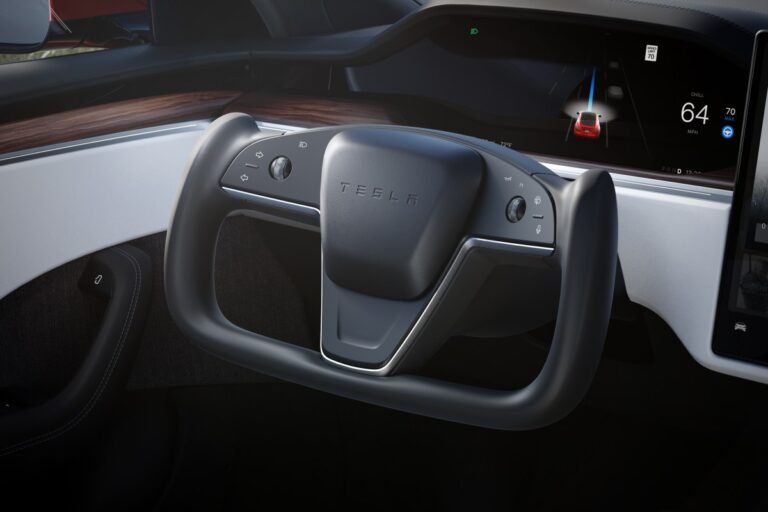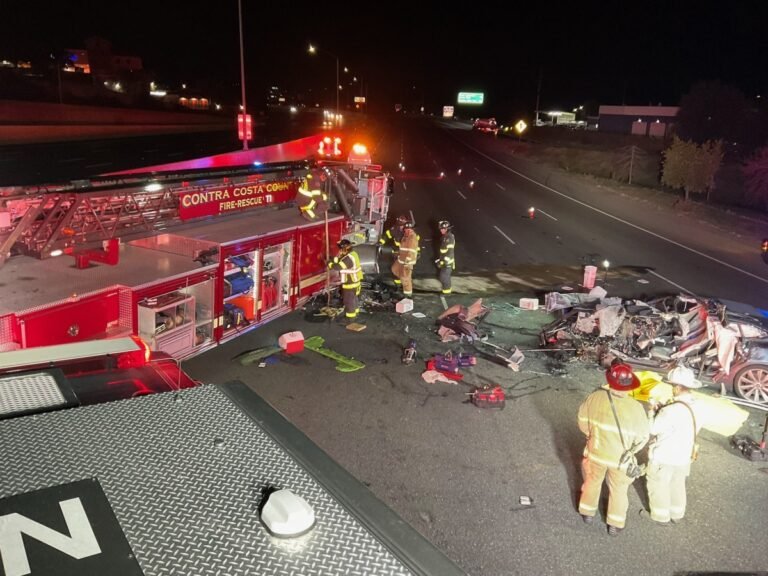
Tesla is recalling all 3,878 Cybertrucks that it has shipped to date, due to a problem where the accelerator pedal can get stuck, putting drivers at risk of a crash, according to the National Highway Traffic Safety Administration.
Reports of problems with the Cybertruck’s accelerator pedal started popping up in the last few weeks.
Tesla said it first received a notice of one of these accelerator pedal incidents from a customer on March 31, and then a second one on April 3.
It also told NHTSA that it has started building Cybertrucks with a new accelerator pedal, and that it’s fixing the vehicles that are in transit or sitting at delivery centers.
While the Cybertruck only first started shipping late last year, this is not the vehicle’s first recall.

Tesla’s fix for its Autopilot recall of more than 2 million vehicles is being called “insufficient” by Consumer Reports, following preliminary tests.
While the testing isn’t comprehensive, it shows questions remain unanswered about Tesla’s approach to driver monitoring — the tech at the heart of the recall.
It focused heavily on the Autosteer feature, which is designed to keep a car centered in a lane on controlled-access highways, even around curves.
But NHTSA said in documents released last week that it viewed those checks as “insufficient to prevent misuse.”Tesla does not restrict the use of Autosteer to controlled-access highways, though.
“None of this is very prescriptive or explicit in terms of what it is they’re going to [change],” Funkhouser says.

The in-car tech used by the likes of Ford and GM to make sure drivers pay attention to the road has come a long way.
NHTSA says it evaluated 331 driver monitoring systems and found none that are commercially available that can properly handle identifying alcohol impairment.
Driver monitoring isn’t the only option NHTSA has at its disposal, though.
Accuracy is key, and according to NHTSA’s findings, blood alcohol detection tech is a more viable near-term answer.
But this tech is considered “active,” meaning the driver has to proactively engage with the tech — which flies in the face of the law’s passive requirement.

Tesla has been receiving a lot of flak lately for safety issues with their cars. The company is now being asked to provide more information after one of their vehicles…







